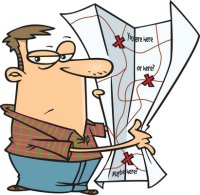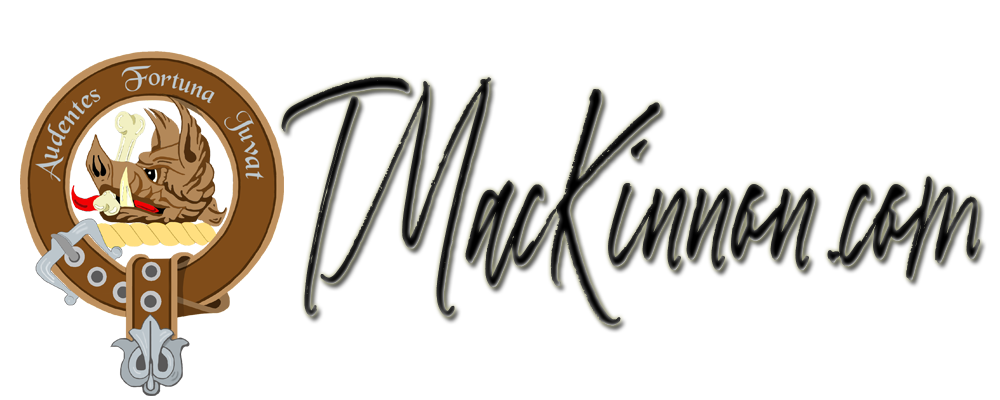
Geographic coordinate systems enable us to spatially locate features on the Earth using specified set of two dimensional numbers. The coordinates of each feature represent the horizontal position (and sometimes vertical position when elevation is available) of it and one of the most commonly used coordinates is Geographic with values of latitude, longitude. However many different coordinate systems can be used to map the same area depending on various factors such as map extent, scale, end user etc. Therefore we often find in Geomatics that we can have data from different coordinate systems that we need to use together spatially in one reference system.
I am sure that most of us have run into times when we have features that have defined coordinates of one system that we need to use with a different one. (E.g. your map is in UTM (Universal Transverse Mercator) but you have been given GPS points in Lat/Long).
If you ever find yourself in need of quickly getting values converted from Geographic to UTM / MTM (Modified Traverse Mercator) or UTM / MTM to Geographic then here is a free online geographic coordinate convertor tool that I often use provided by Canadian Spatial Reference System

